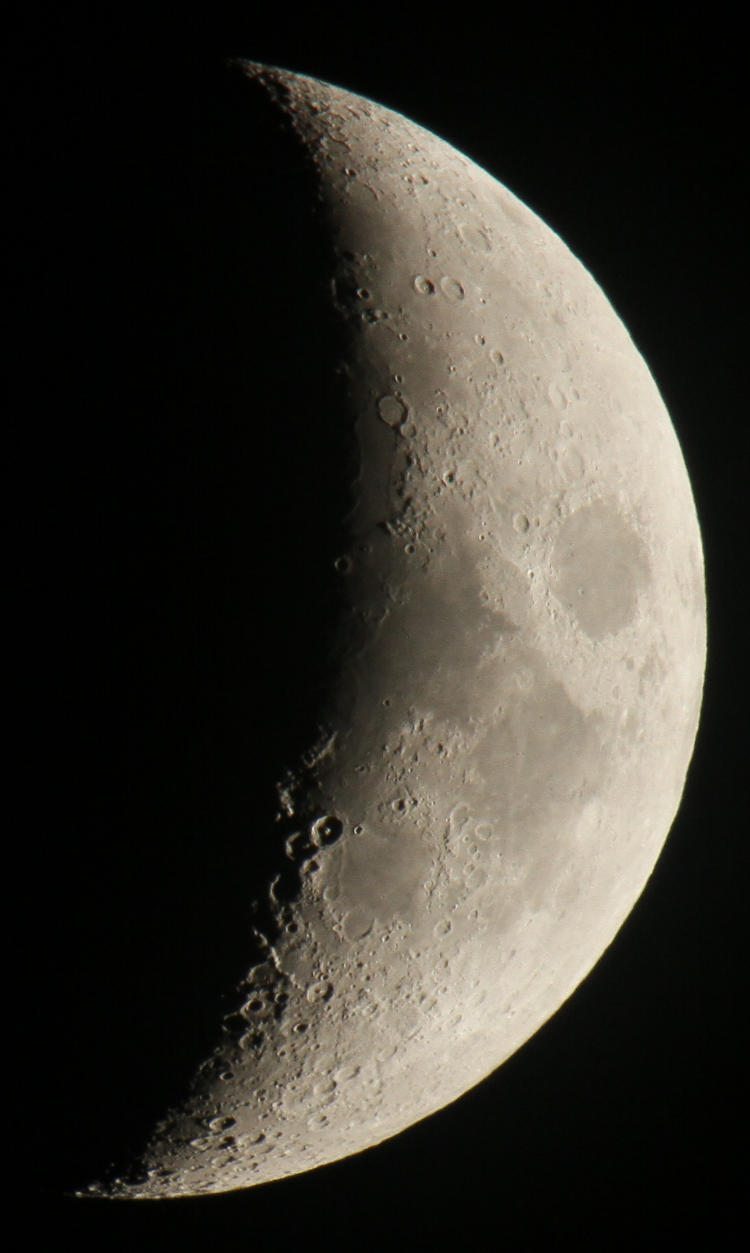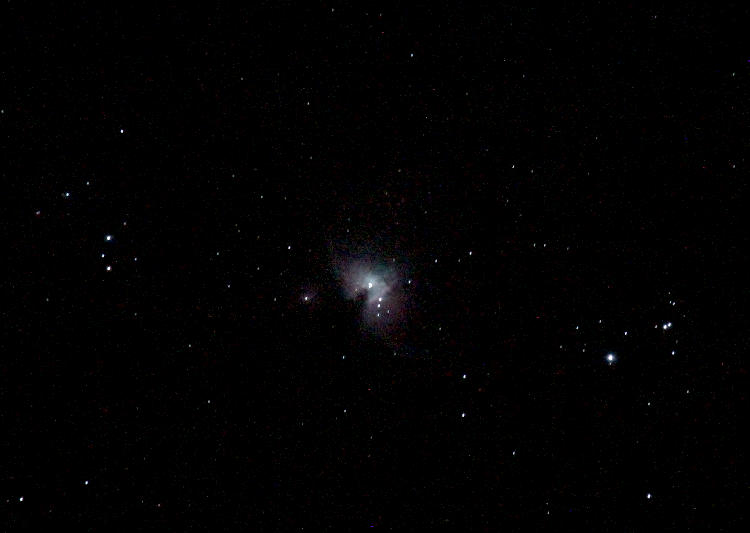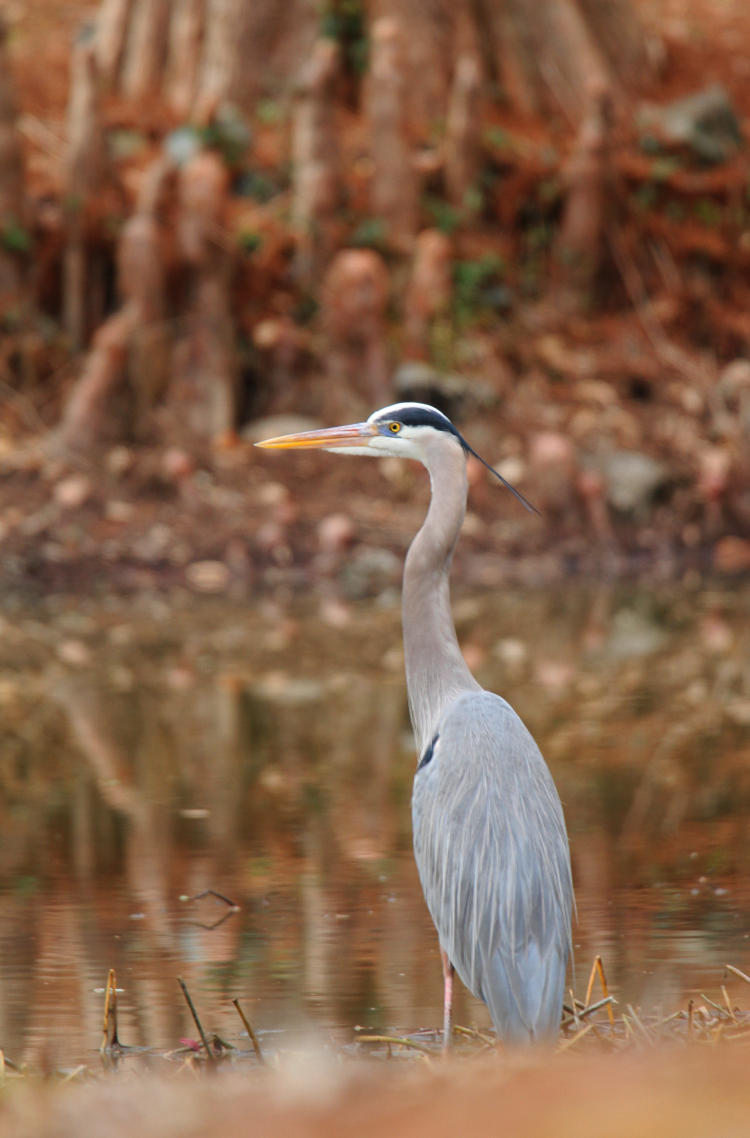Trying to slam this story out before the date changes – wish me luck!
So, in checking out Stellarium earlier (a couple of times, actually,) I noticed that there were a few satellite passes that would appear to cross the still-slightly-crescent moon, one of which would trace right across the crescent itself from side to side, as long as I was in a particular location. Since this wasn’t too far away, I loaded up the equipment and headed out there.
Let me go into detail just a little. The path simply to cross something the width of the moon is quite narrow, and much more so when you’re aiming to cross a particular portion. For something as bright as the International Space Station can get, you would probably want this to cross the shadowed portion, to show up well against the sunlit crescent or whatever. But with most satellite passes, which tend to be only the magnitude of surrounding stars, you’d want to cross the sunlit portions of the moon instead because the moon is too bright: an exposure that captured detail on the moon won’t allow something as dim as stars to show, and exposing for the stars would mean bleaching out the moon incredibly badly. But, silhouetting the satellite against the moon? Maybe.
Also note that Stellarium includes its own caveat about not being used for pinpoint accuracy, but I thought it was worth a shot. I made sure my watch was synced with the International Atomic Clock, packed the stuff, and set up on time, ensuring that I was running video as the satellite would have passed across the moon.
Alas, I captured no sign of it, whether due to Stellarium’s inaccuracy, the exceptionally small size of the satellite (actually a Chinese rocket booster,) or the camera being the slightest bit out of focus which might have rendered the small object too soft to see, I cannot say. So, no luck this time. But I’ll be keeping an eye out for more opportunities, especially with the bright ISS. It gives me something to do in the winter, at least.
But I did shoot a couple of still images, while I was set up.

Using the Tamron 150-600 with the Tokina 2x teleconverter, this came up pretty damn sharp, if I do say so, but this was one of several – most of the others weren’t quite this good. In fact, let’s see this at full resolution.

That prominent crater is Theophilus, and yes, the central peak really does have multiple summits, so I’m pleased to snag this with a simple telephoto lens setup. Man, I gotta get the telescope in shape.
For giggles, I did a couple of shots of Orion’s ‘dagger,’ the seat of the Orion Nebula, boosting the ISO to 6400 to keep the exposure times short because Orion, sitting right at the plane of the ecliptic, moves the most across the sky and so longer exposures (without tracking correction) will capture this movement. Then, I did a little post-processing to counteract a little of the motion blur and enhance the colors will clearing a little of the noise.

While not too impressive, this is the most color and detail that I’ve captured (I believe I’d removed the teleconverter by this time to improve light transmission.) See above about having to get the telescope in use, especially with tracking, because a low-ISO, low-noise, extra-long exposure might be really slick.
And while I’m here, another from earlier today, a brief pass around the nearby pond while the weather was threatening to turn ugly and I was resigned to not being able to get any of the images you see above. The neighborhood spooky great blue heron (Ardea herodias) allowed a couple of distant frames, which I tweaked a little in color and contrast because both were too low. Nothing exciting, but I’m trying.

Does that date still say January 18? Boom!



















































